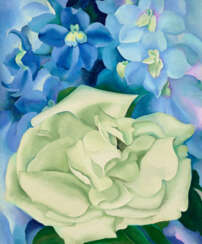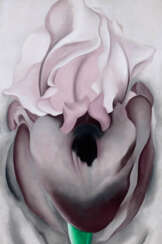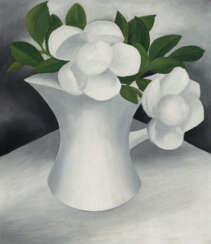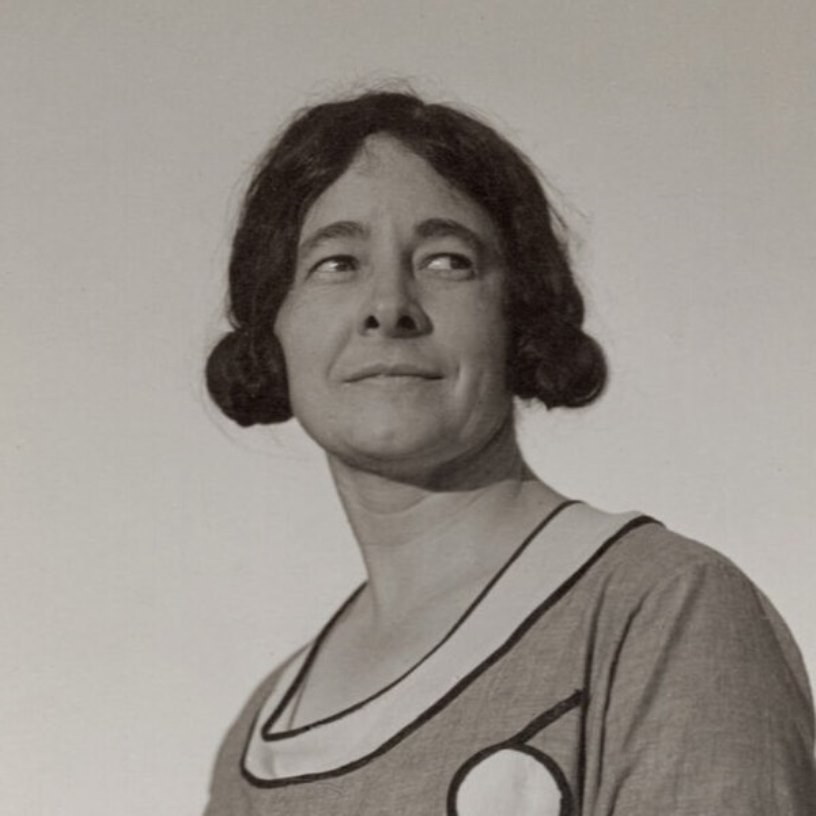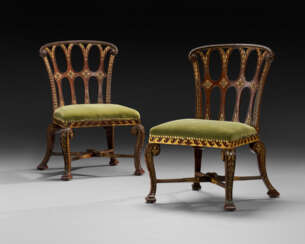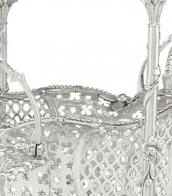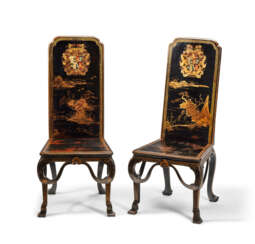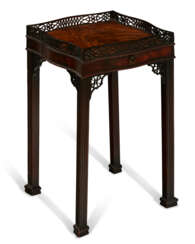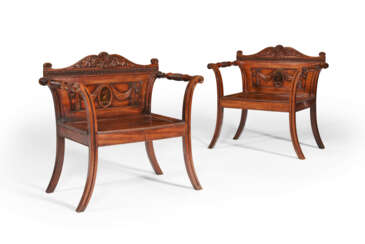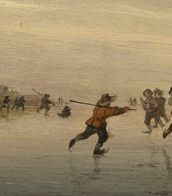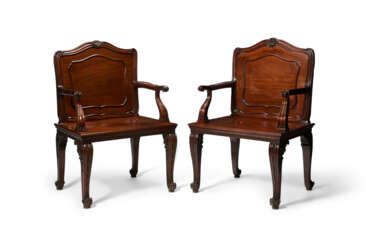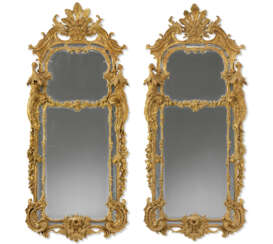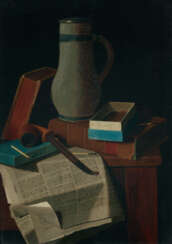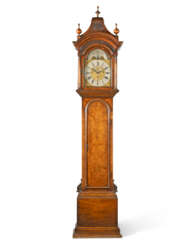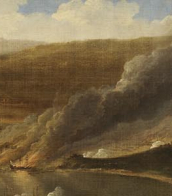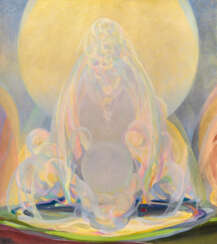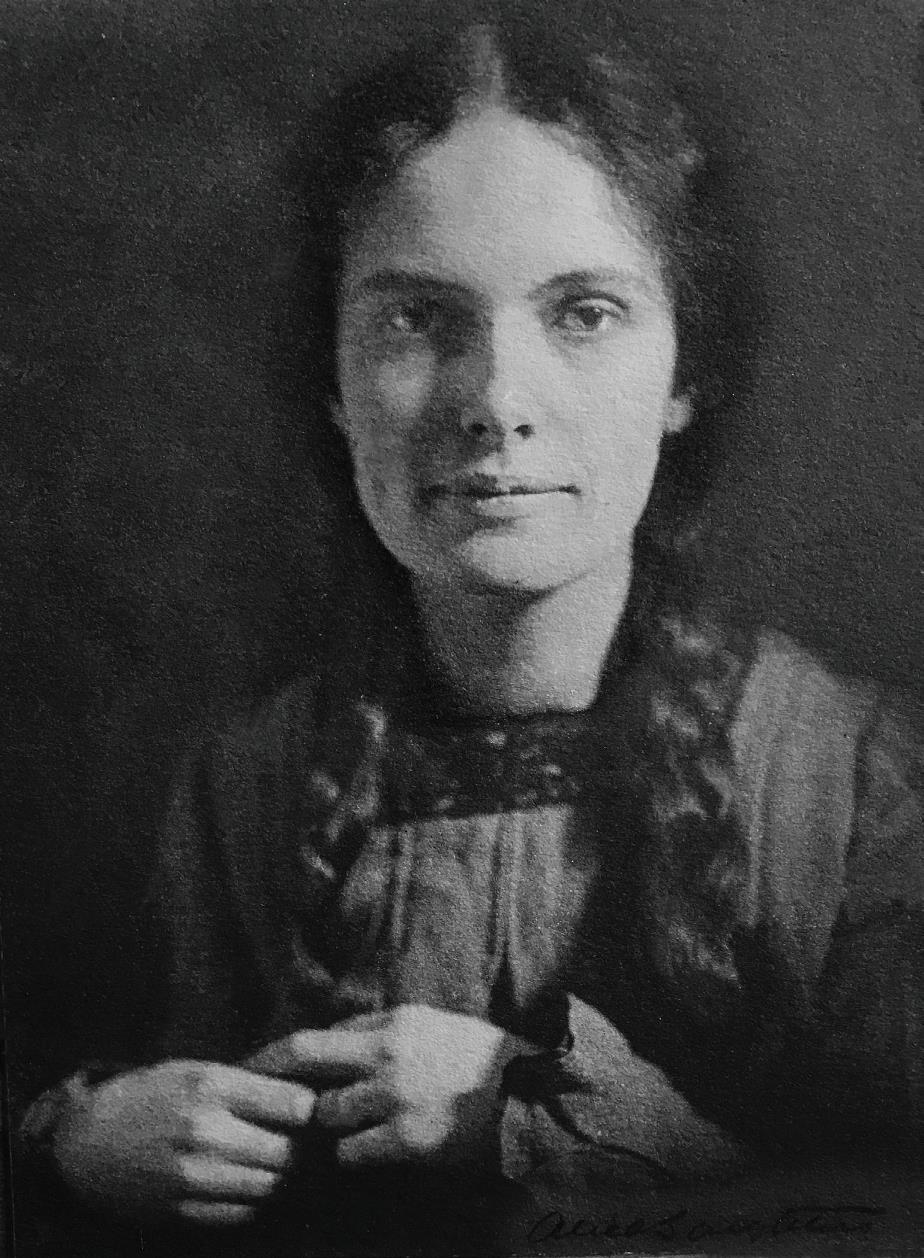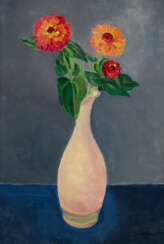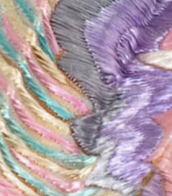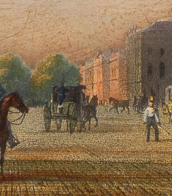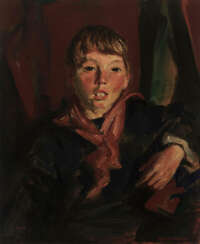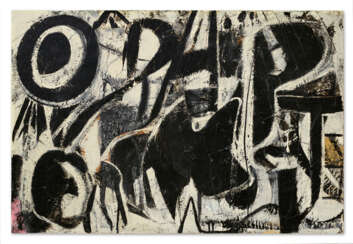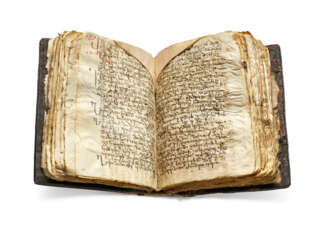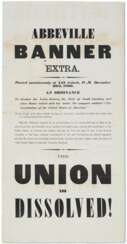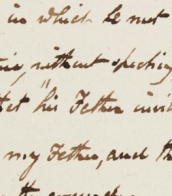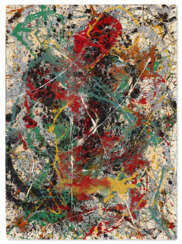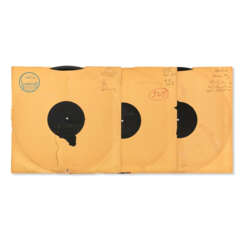georgia o&
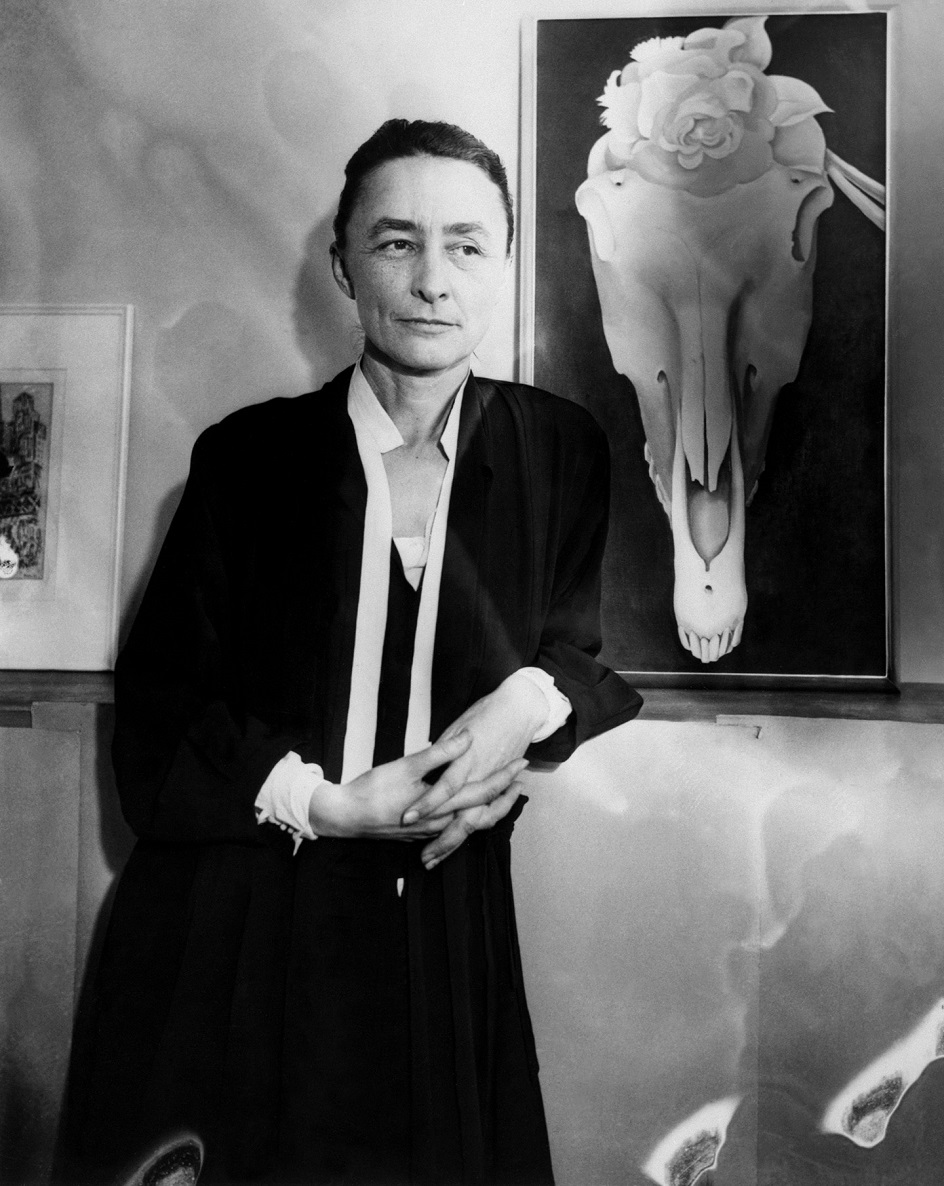
Georgia Totto O'Keeffe was an American modernist artist. She was known for her paintings of enlarged flowers, New York skyscrapers, and New Mexico landscapes. O'Keeffe has been called the "Mother of American modernism".


Georgia Totto O'Keeffe was an American modernist artist. She was known for her paintings of enlarged flowers, New York skyscrapers, and New Mexico landscapes. O'Keeffe has been called the "Mother of American modernism".
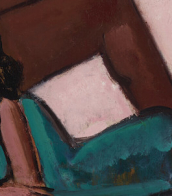

Georgia Totto O'Keeffe was an American modernist artist. She was known for her paintings of enlarged flowers, New York skyscrapers, and New Mexico landscapes. O'Keeffe has been called the "Mother of American modernism".

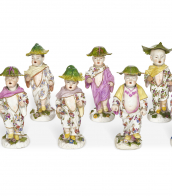
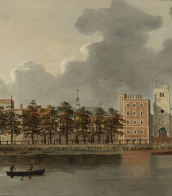





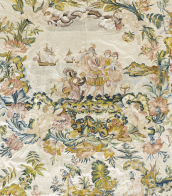
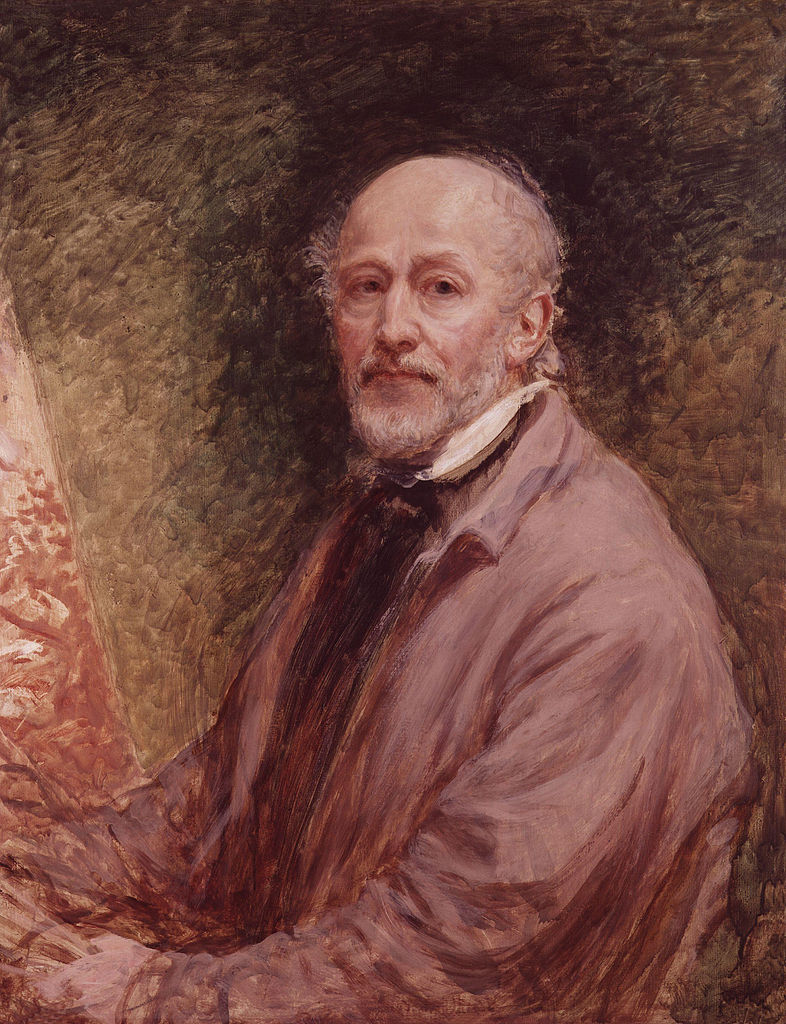
John Linnell was an English engraver, and portrait and landscape painter. He was a naturalist and a rival to the artist John Constable. He had a taste for Northern European art of the Renaissance, particularly Albrecht Dürer. He also associated with the amateur artist Edward Thomas Daniell, and with William Blake, to whom he introduced the painter and writer Samuel Palmer and others of the Ancients.
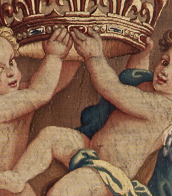
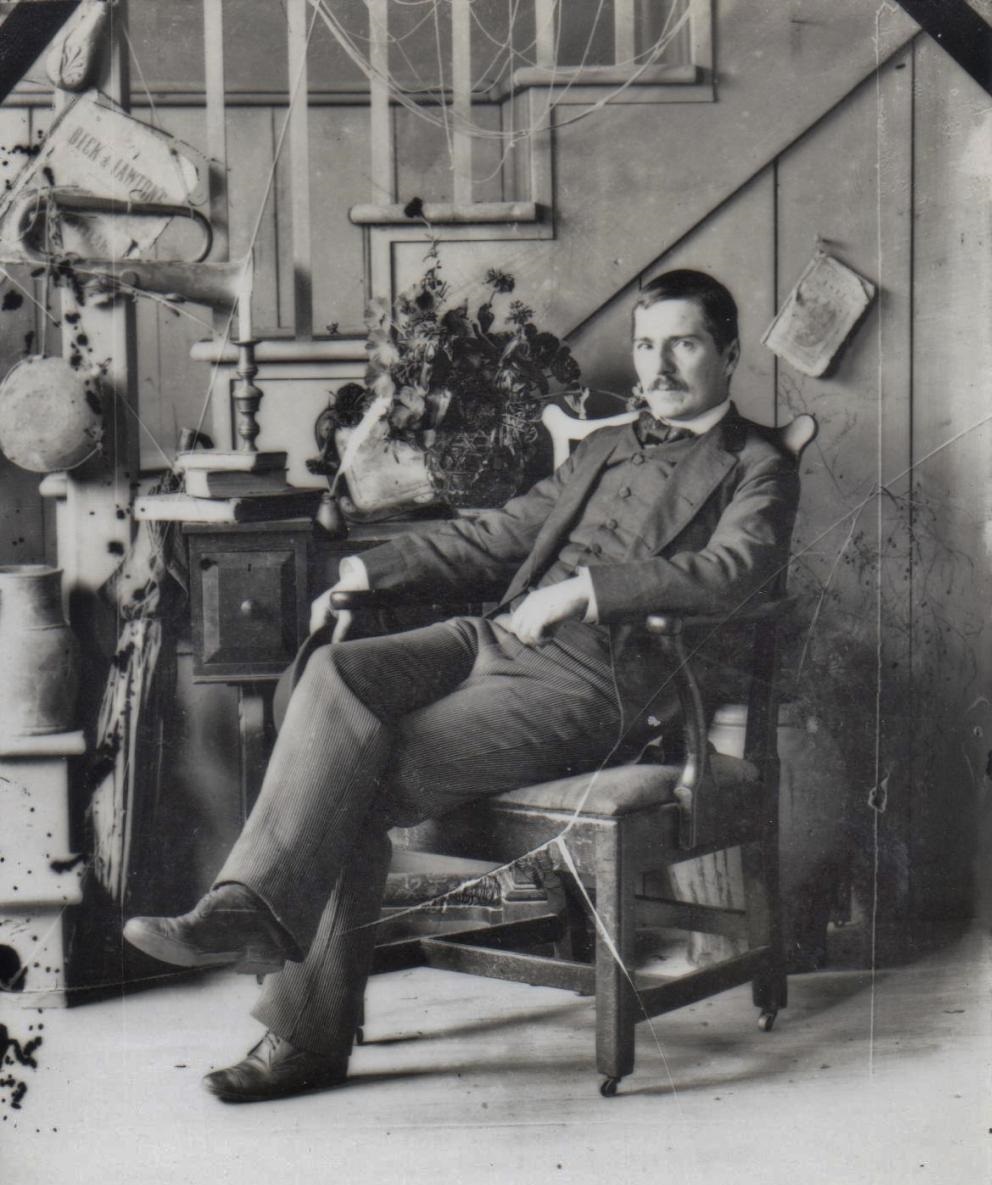
John Frederick Peto was an American trompe-l'œil ("fool the eye") painter who was long forgotten until his paintings were rediscovered along with those of fellow trompe-l'œil artist William Harnett.
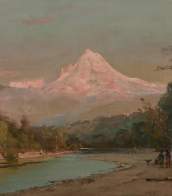
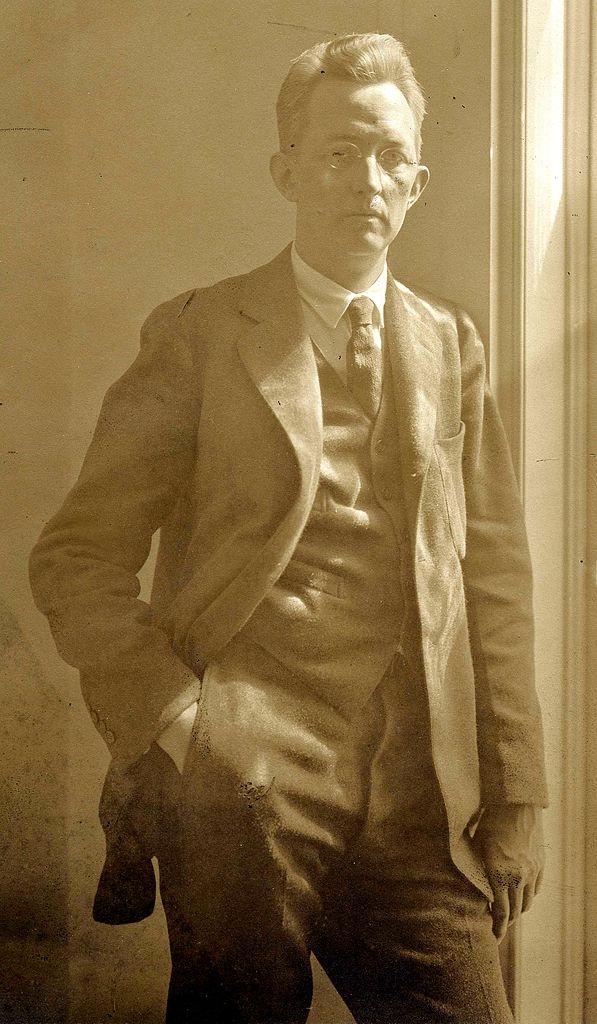
Charles Sheeler was an American realist painter, one of the greatest representatives of precursorism and American art photography of the twentieth century. He was educated at the Pennsylvania Academy of Fine Arts, after which he worked as a professional photographer. Later he began to create artistic works, the basis of which were made by his earlier photographs. The theme of his work is the beauty of modern production, the age of machines and mechanisms, and the industrial landscape.

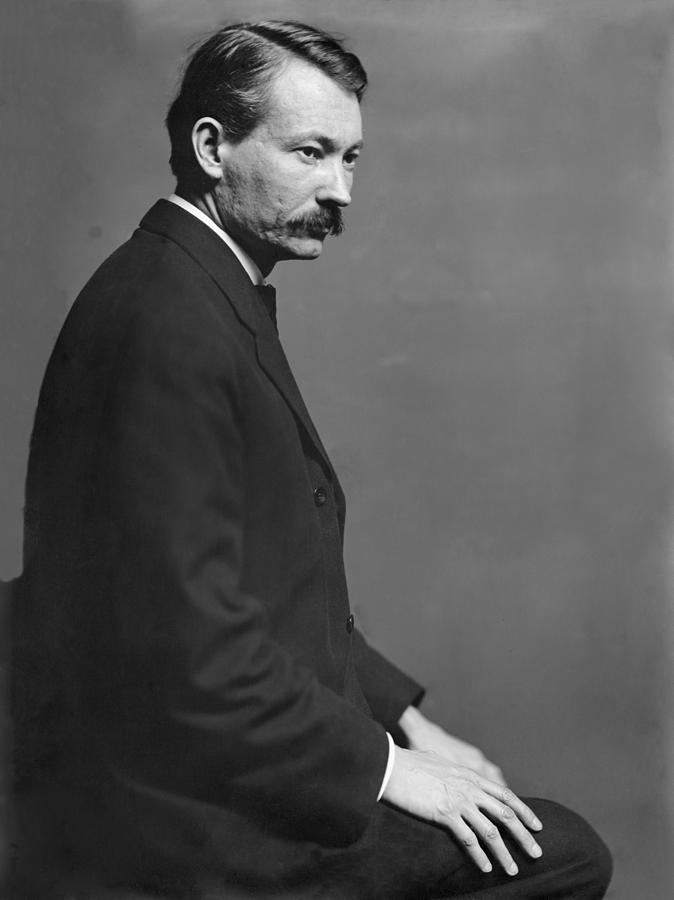
Robert Henri was an influential American painter and teacher, born on June 25, 1865, in Cincinnati, Ohio. He played a pivotal role in the Ashcan School, a movement that sought to depict urban life in a realistic manner. Henri's work was known for its vibrant brushwork and focus on everyday subjects.
Henri's early career was marked by a strong influence from European modernist styles, which he encountered during his studies in Paris at the Académie Julian. Despite his classical training, he later rebelled against the rigid conventions of academic art in America. This rebellion was epitomized in 1908 when he organized an exhibition for The Eight, a group of like-minded artists, which showcased their more realistic and expressive urban scenes.
Throughout his career, Henri also dedicated himself to teaching, influencing a generation of artists, including Edward Hopper and George Bellows. He encouraged his students to portray real life and to express their individual perspectives through art. Henri's teaching and artistic philosophies left a lasting impact on American art, bridging the gap between traditional techniques and modernist experiments.
To stay updated on exhibitions, sales, and auction events featuring the captivating works of Robert Henri, sign up for our newsletter. This service offers exclusive insights and opportunities for collectors and art enthusiasts to engage deeply with Henri's legacy. Don't miss out on the chance to explore more about this pivotal figure in American realism.
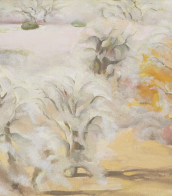
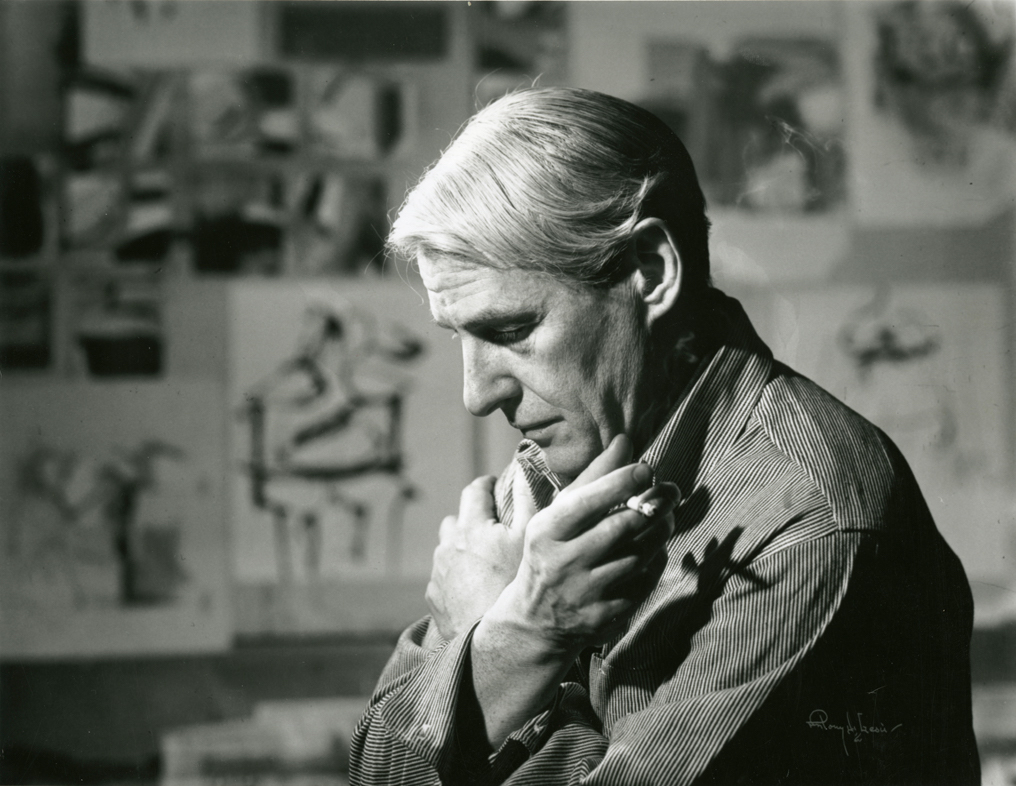
Willem de Kooning was a Dutch-American abstract expressionist painter. Born in Rotterdam, Netherlands, he moved to the United States in 1926, becoming a U.S. citizen in 1962. He was a leading figure in the Abstract Expressionism movement, known for his dramatic and often energetic style. He gained prominence between 1948 and 1953, creating some of his most iconic works, including the Woman series.
De Kooning's paintings combined abstraction with elements of Cubism, Surrealism, and Expressionism. His style evolved over time, with works that ranged from figurative to more abstract pieces. Among his most notable works are "Woman I" (1950-52) and "Excavation" (1950), which reflect his unique approach to painting, characterized by vigorous brushstrokes, bold colors, and complex textures.
Despite his success, de Kooning faced challenges, including personal struggles with alcoholism and deteriorating health due to Alzheimer's disease in his later years. His artwork has had a lasting impact on modern art, and his pieces can be found in major museums and galleries worldwide, such as the Museum of Modern Art (MoMA) and the Smithsonian American Art Museum.
Stay updated on new releases and auction events featuring works by Willem de Kooning by signing up for our exclusive email notifications. Get insider information and never miss a chance to add to your art collection.
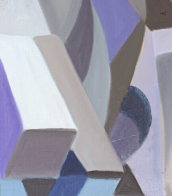
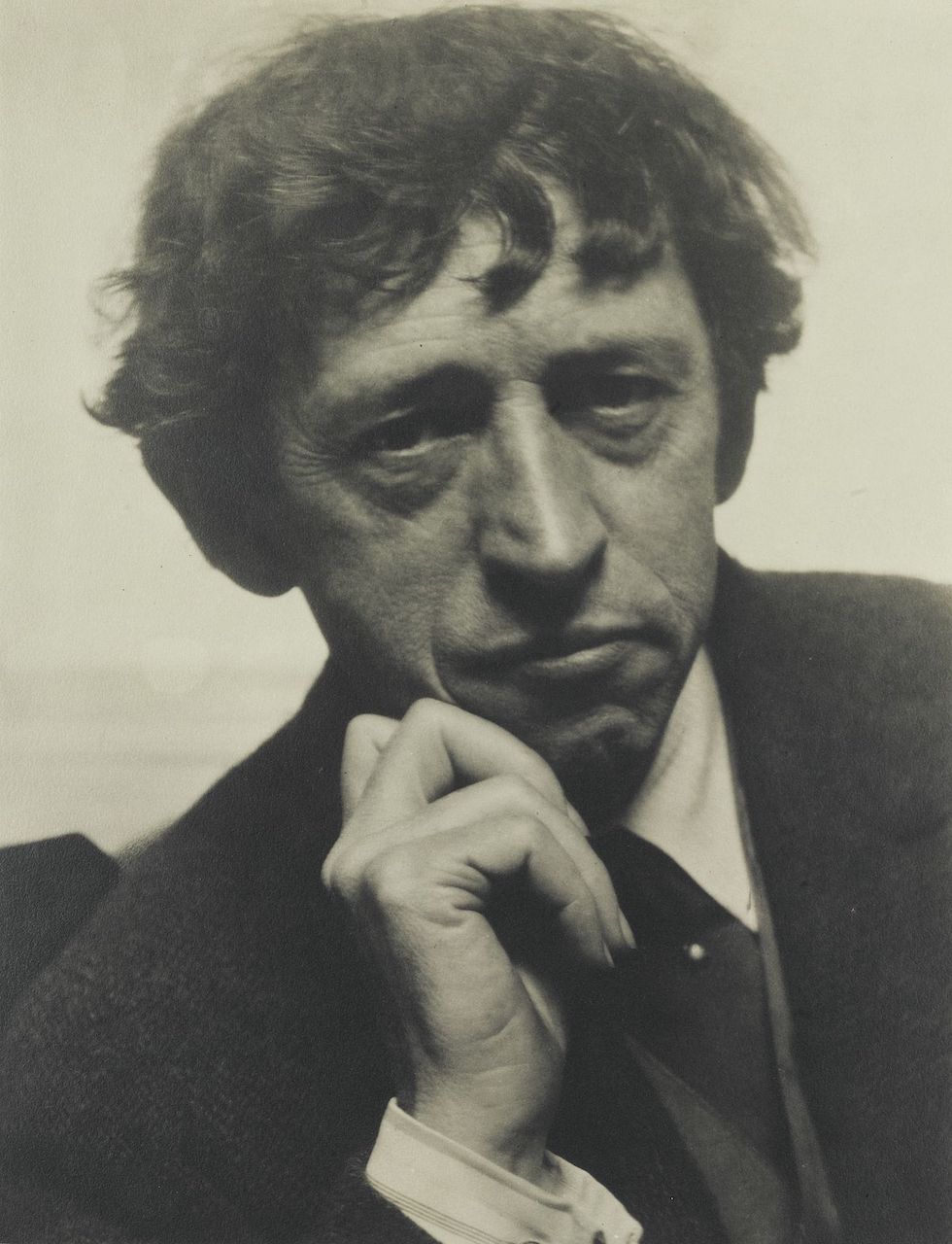
John Marin was an American artist, a prominent member of the first generation of American modernists. He is known for his abstract landscapes and watercolors.

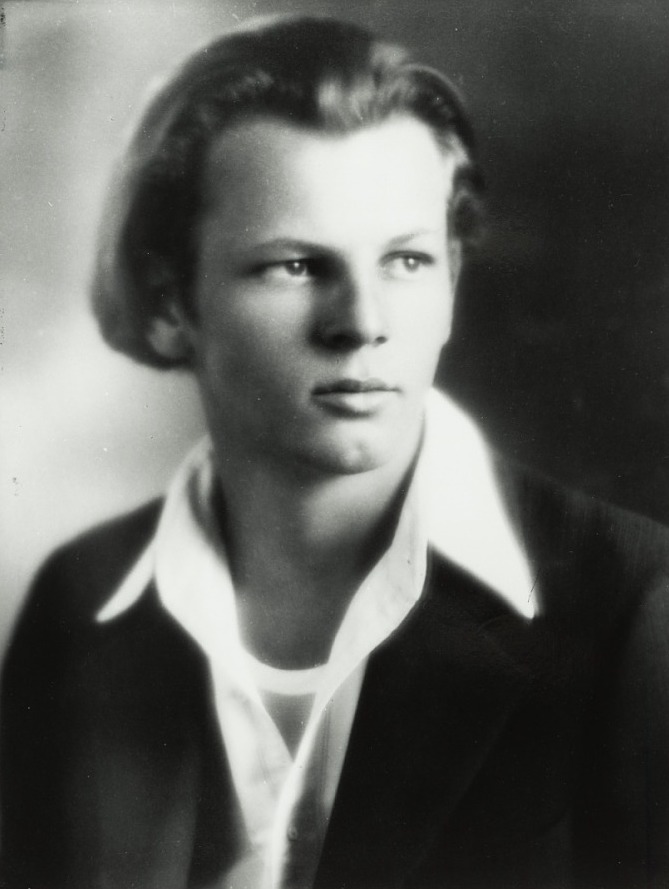
Paul Jackson Pollock was an emblematic figure of the American art scene, celebrated for his pioneering role in the abstract expressionist movement. Born in Cody, Wyoming, in 1912, and passing away tragically in 1956 in Springs, New York, Pollock revolutionized the world of painting with his distinctive "drip technique." This method involved pouring or splashing paint onto a horizontal surface, allowing him to engage with the canvas from various angles. This innovative approach, often associated with action painting and all-over painting, captivated some critics while drawing skepticism from others due to its apparent randomness and the intense physicality involved in its creation.
Pollock's journey into the art world was deeply influenced by his upbringing and early experiences. Raised in a family where artistic talent was encouraged, he moved to New York City in his late teens to study under Thomas Hart Benton at the Art Students League. His early encounters with the works of Mexican muralists and the symbolic and psychological depth of his paintings, particularly during his "poured" painting phase, marked a significant departure from traditional painting techniques.
Throughout his career, Pollock's work was celebrated in major galleries and museums. Notable pieces such as "Number 17A," "No. 5, 1948," and "Blue Poles" have been acknowledged not only for their aesthetic and technical innovation but also for their profound impact on the art world. These works, among others, have been featured in prestigious institutions such as the Museum of Modern Art (MoMA) in New York City and the Tate in London, solidifying Pollock's legacy as a central figure in modern art.
Despite his success, Pollock's life was marked by personal struggles, including a battle with alcoholism, which ultimately led to his untimely death in an automobile accident at the age of 44. Yet, his influence endures, with his technique and style continuing to inspire artists and collectors alike.
For collectors and experts in art and antiques, Pollock's work represents not just a financial investment but a deep engagement with a transformative period in American art. His ability to convey emotion and movement through his unique method of painting makes his works highly sought after in the art community.
To stay updated on sales and auction events related to Paul Jackson Pollock, subscribing to specialized updates can offer exclusive insights and opportunities to acquire pieces by this groundbreaking artist. This ensures that enthusiasts and collectors are always informed about the latest developments and available works of one of the most influential figures in the history of modern art.

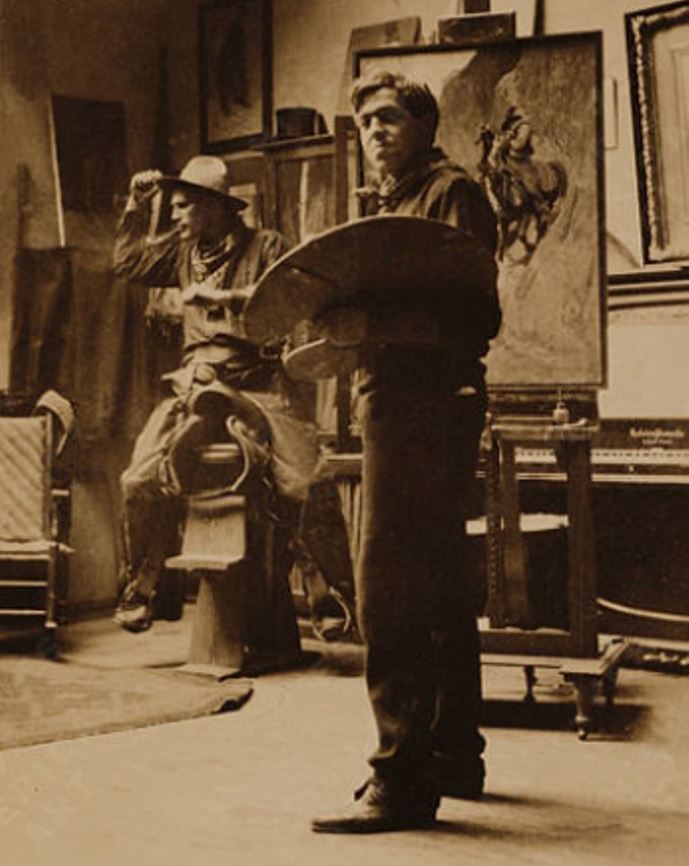
Andrew Newell Wyeth, an American visual artist, is renowned for his mastery in realism and regionalism. Born in 1917 in Chadds Ford, Pennsylvania, Wyeth was primarily a realist painter, deeply influenced by his father, N.C. Wyeth, a notable artist himself. Andrew's artwork, characterized by its clear, razor-sharp technique and a hauntingly eerie atmosphere, often depicted the land and people around him in rural Pennsylvania and Maine.
Wyeth's most celebrated work, Christina's World (1948), is housed in the Museum of Modern Art in New York City. This painting illustrates a woman lying in a field, looking toward a distant farmhouse, an image that has become an icon of American art due to its emotional depth and simplicity of composition. The work encapsulates Wyeth's ability to invoke profound personal and emotional landscapes through the meticulous depiction of physical settings and figures.
Andrew Newell Wyeth continued painting almost up until his death in 2009, leaving behind a vast legacy that has influenced many artists. His works remain highly valued by collectors and are often featured in major museums and galleries worldwide. To stay updated on exhibitions and sales of Andrew Wyeth’s art, sign up for our newsletter—ensuring you're informed about the latest auction events and product sales related to this profound artist.


